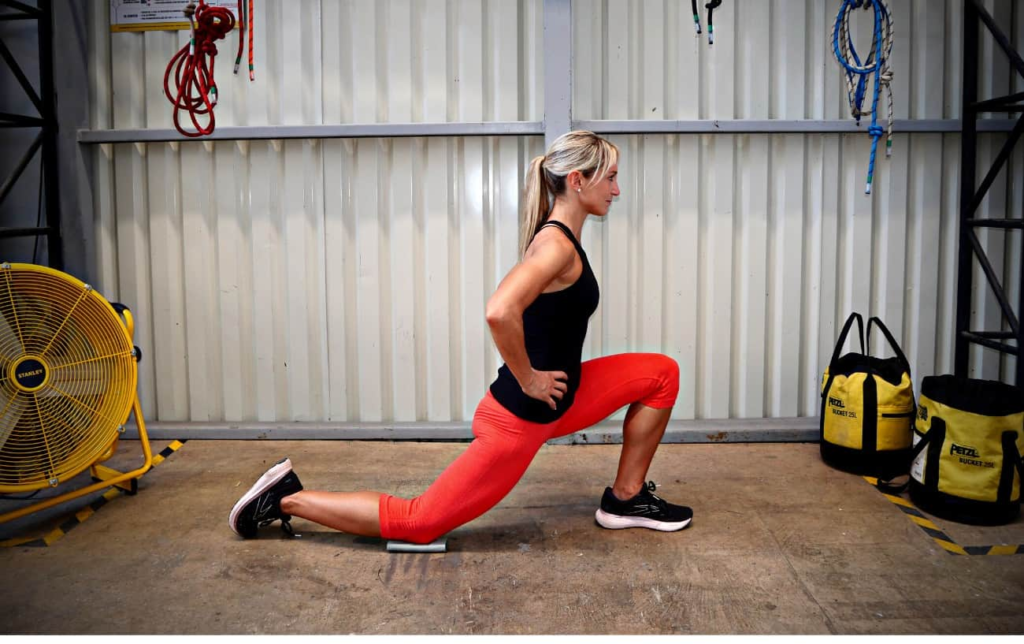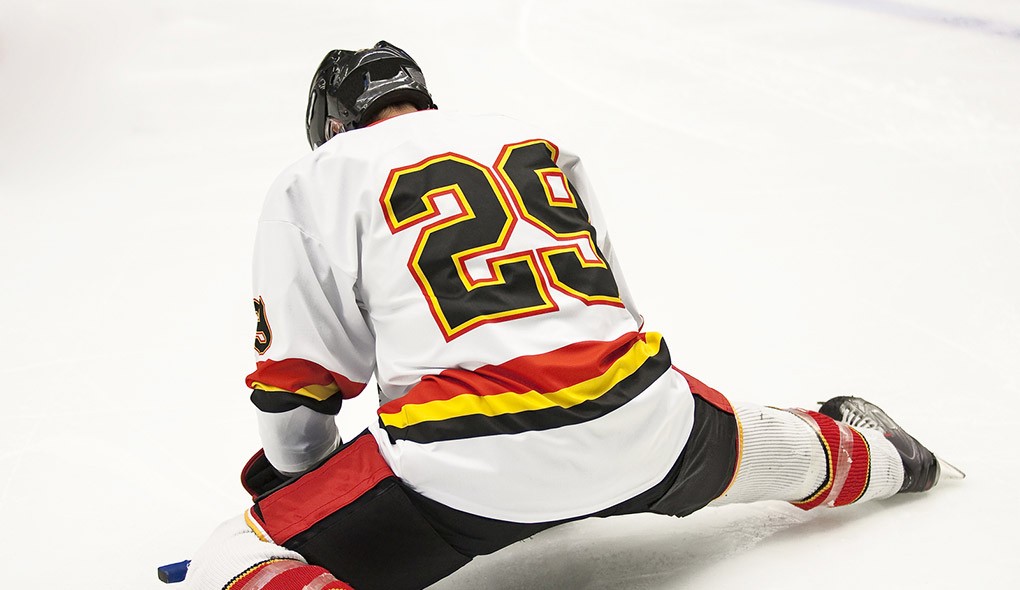The game of hockey is all about agility, speed, and stamina. But have you ever wondered about the role flexibility plays in this high-speed sport? With the right stretching techniques, you can dramatically enhance your performance on the ice. As a seasoned mechanic turned fitness enthusiast, I’ve stumbled upon some game-changing stretching techniques that have not only enhanced my performance in the rink but also my overall fitness levels. I’ve shared one such method in a detailed hyperbolicstretching.net review on my website, which is worth checking out for anyone serious about taking their athletic capabilities to new heights. In this article, however, I will walk you through five essential stretching exercises specifically tailored for hockey players.
1. Hamstring Stretches
Hamstring flexibility is crucial for hockey players as it impacts your stride length, speed, and overall mobility on the ice.
Exercise: Standing Hamstring Stretch

2. Hip Flexor Stretches
Hockey players often struggle with tight hip flexors due to the bent-over skating position. This can restrict their range of motion and overall agility on the ice.
Exercise: Kneeling Hip Flexor Stretch

3. Groin Stretches
Stretching the groin area is essential for maintaining balance and control while making lateral movements on the ice.
Exercise: Butterfly Groin Stretch
4. Quad Stretches
Quad stretches help increase leg strength and prevent injuries related to the high-impact nature of the sport.
Exercise: Standing Quad Stretch
5. Lower Back Stretches
Lastly, the repetitive skating motion can lead to lower back tightness, affecting a player’s performance.
Exercise: Child’s Pose
These exercises are not only beneficial for hockey players, but for anyone looking to improve their flexibility and strength. It’s not all about brute force and stamina – you’d be amazed at how stretching can unlock a new level of performance you never knew you had. And if you want to take your stretching routine to the next level, don’t forget to check out the review on hyperbolic stretching mentioned earlier.
For those interested in how fitness and athleticism cross into other areas, it might be fascinating to discover that politicians, of all people, are often involved in martial arts. Some of the world’s most influential leaders have a background in combat sports, as you can read about in this article on 7 influential politicians with martial arts background.
Finally, hockey isn’t just about physical prowess, it’s also about the gear. Choosing the right eyewear, for example, is crucial in a fast-paced sport like hockey. If you’re in the market for a new pair, don’t make the same mistakes others have and take a look at these 7 common mistakes people make when choosing sports eyewear.
At the end of the day, whether you’re a pro athlete or a regular Joe, remember that it’s not just about how hard you work, but how smart you work. After all, as a mechanic, I’ve learned that the most powerful machine is a well-oiled one. And our bodies are no different.
Importance of Consistency in Stretching
Adapting to any stretching routine requires consistency. Without regular practice, the body fails to reap the long-term benefits of stretching, including increased range of motion, improved balance, and enhanced muscle coordination. Whether you’re following the hyperbolic stretching method or the more traditional static stretching, consistency is key. Think of it as a maintenance routine for your body, just like a mechanic regularly services a car to keep it running smoothly. The more frequently you stretch, the better your muscles can handle the rigors of high-speed hockey.
Integrating Stretching into Your Warm-up Routine

The best way to ensure consistency in your stretching routine is to integrate it into your pre-game warm-up. A dynamic warm-up that includes targeted stretching exercises prepares your muscles for the high-intensity demands of a hockey game. Incorporating stretches into your warm-up routine not only improves flexibility but also increases muscle temperature, promoting better muscle contraction and relaxation. Plus, it prepares your body and mind for the game, boosting your overall performance on the ice.
The Role of Nutrition in Flexibility

While stretching exercises are a fundamental part of improving flexibility, it’s also essential to consider the role of nutrition. Hydrating properly and maintaining a balanced diet can significantly impact muscle elasticity and joint health. Dehydration can lead to muscle tightness, hindering flexibility, while certain nutrients such as omega-3 fatty acids, found in fish and flaxseeds, help maintain healthy joints. Combining a balanced diet with a regular stretching routine can pave the way to optimal flexibility and high-speed hockey performance.







